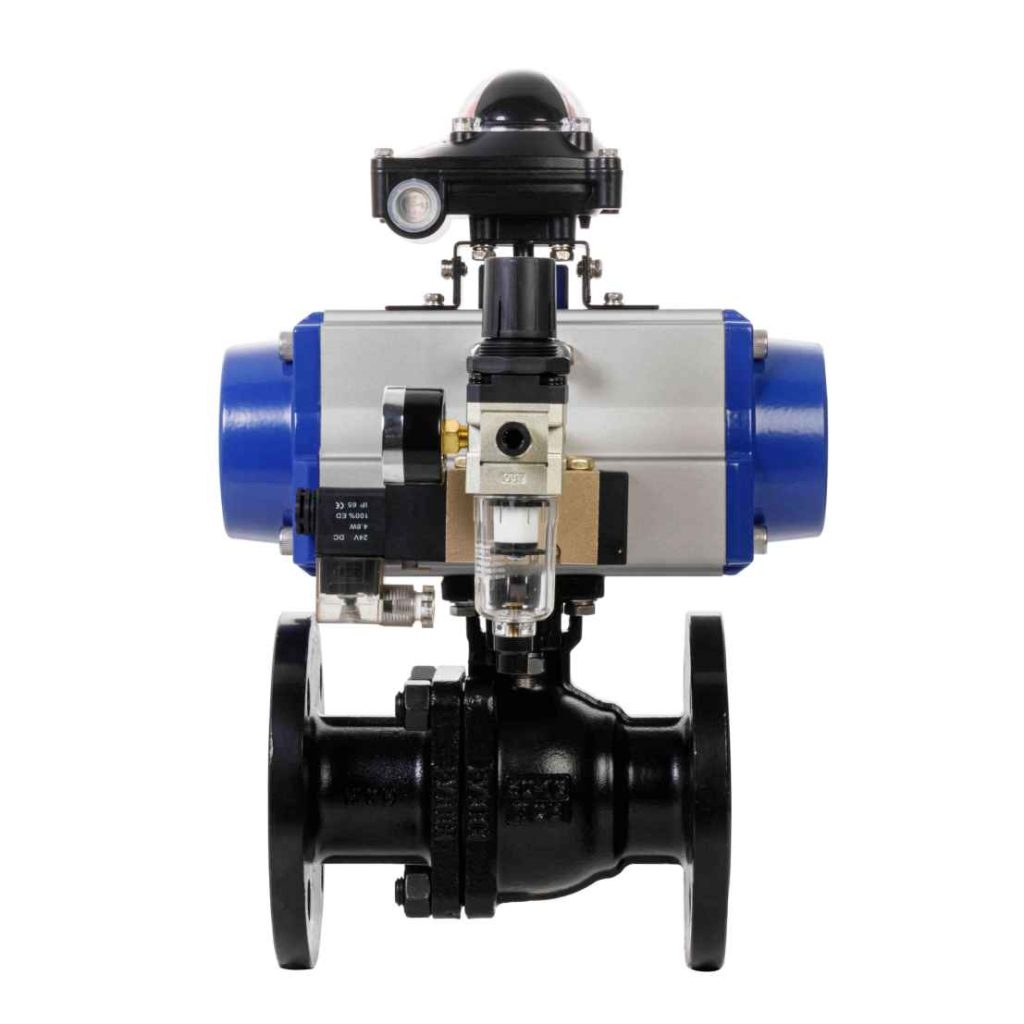The WCB pneumatic ball valve is an essential component in fluid control systems, widely used in a variety of industries due to its reliability, durability, and performance. Designed to handle high-pressure environments and facilitate quick and efficient operation, these valves offer numerous benefits, making them indispensable in modern automation systems. In this article, we will explore the features, working principle, applications, and advantages of WCB pneumatic ball valves, shedding light on their significance in industrial applications.

What is a WCB Pneumatic Ball Valve?

The WCB pneumatic ball valve is a type of valve that uses compressed air (pneumatic pressure) to actuate the valve’s opening and closing mechanism. The WCB designation refers to the material used to construct the valve body—WCB, or “Wrought Carbon Steel,” is a durable material commonly used in high-pressure applications due to its strength and resistance to corrosion. This makes the WCB pneumatic ball valve ideal for use in harsh industrial environments. The ball valve consists of a spherical ball with a hole in the middle. When the valve is open, the hole aligns with the flow of the fluid, allowing it to pass through; when the valve is closed, the ball rotates, and the hole is no longer in alignment, blocking the fluid. Pneumatic actuators, powered by compressed air, provide quick and efficient operation, making these valves particularly useful in automated processes.

Leave a Reply